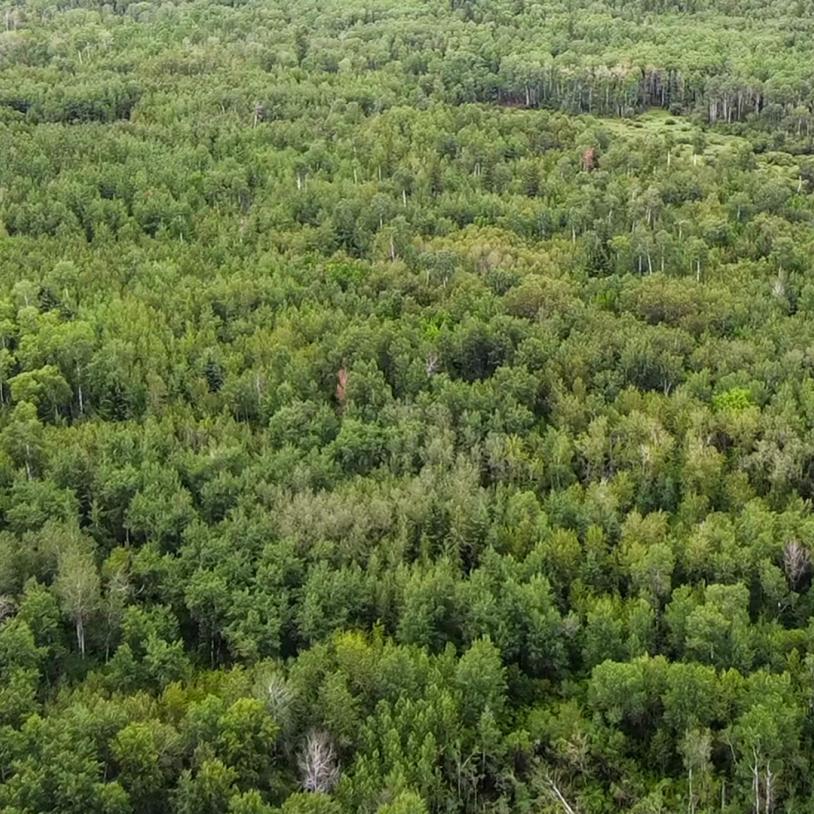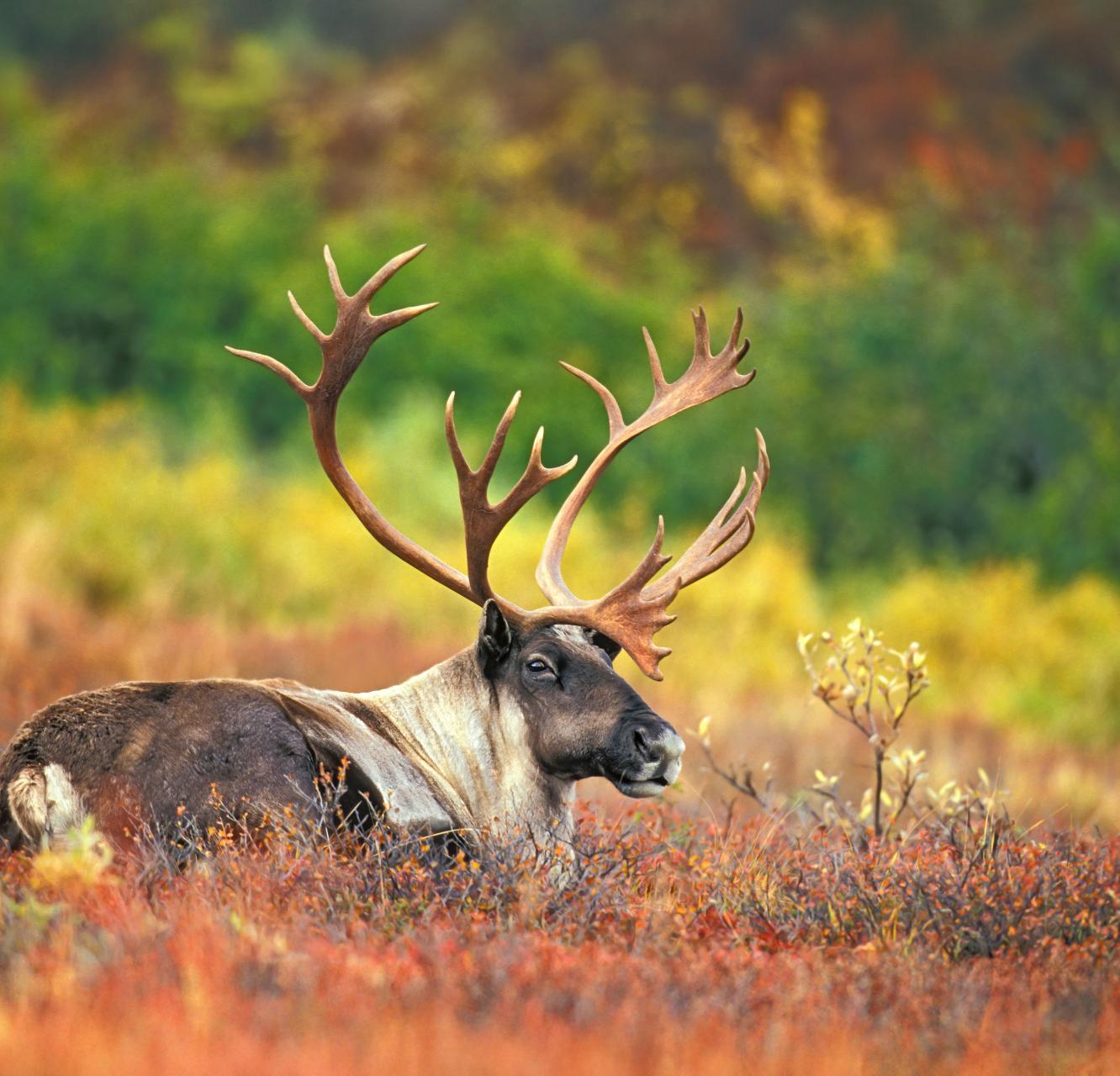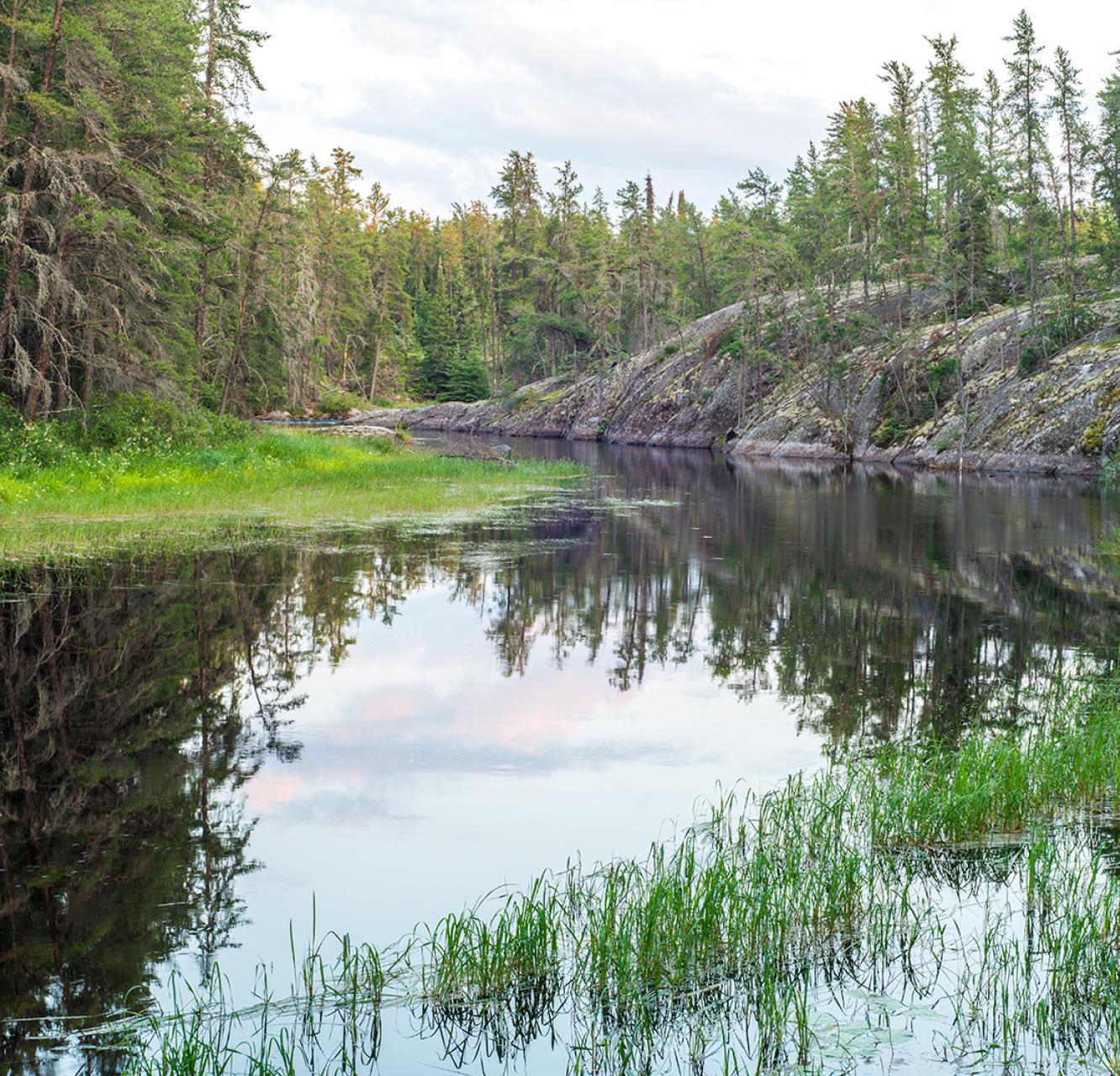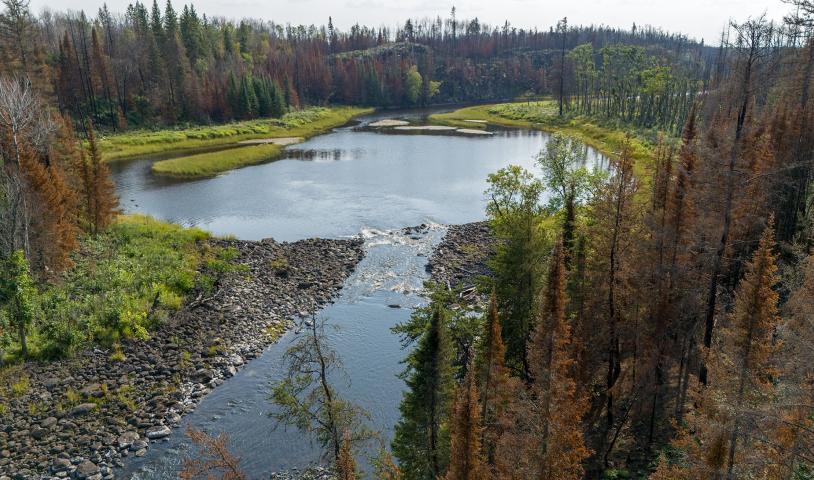Where the wild things are
Wednesday, March 2, 2011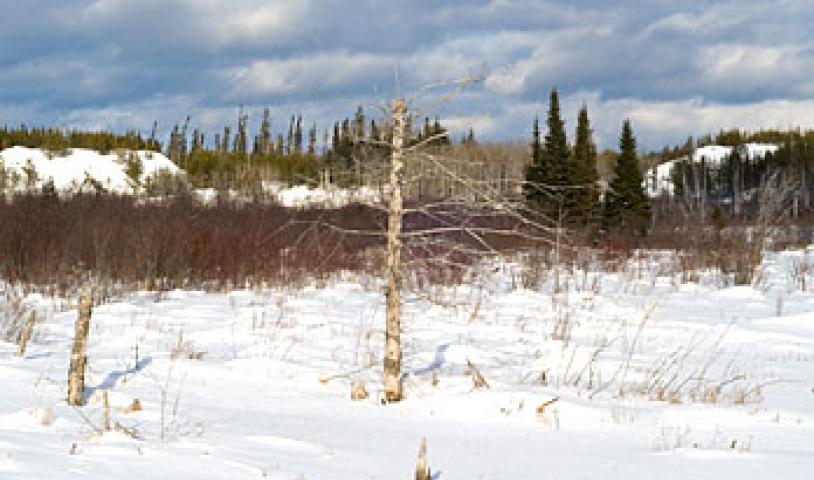
I was in the Heart of the Boreal, the greatest intact forest in the northern hemisphere. Earlier on this trip, I was in meetings with local community members, talking about summer plans. Blueberries and wild rice, community gardening and trail building had all come up as we looked forward to warm-weather adventures. Now, I was in the bush with my cameras, looking and wondering at the wild.
Being in the bush should always be a sacred event. To absorb nature by getting out on the land is a learning and living experience that we all need to have. Wilderness is an interconnected living force, a provider of the building blocks of our life. Pure, cold air, water naturally filtered, animals and plants striving together in ways we can't replicate—this creates a world for us to live in.

My explorations this trip brought me to the Rice River and Beaver Creek watersheds. Cool, crisp temperatures below -20 C had given way to a warm front, with snow heralding the warmer air's advance, and then lashing winds. I was on the edge of woodland caribou winterlands, close to both the Bloodvein and the Atiko Lake sub-ranges, but I was sure I wasn't close enough to find any caribou.
My first animal photos on this trek were modest accomplishments. A spruce grouse in flight, a red fox out hunting. Common animals, but still a thrill to capture pictures of.


A little later on in the blustery storm, a dark form glided silently past me, and alighted in an old jack pine. I trudged through the bush after it, trying to get a tripod setup in the snow with a clear shot at Manitoba's provincial bird, a great gray owl. Intent on finding food and buffeted by wind, it remained long enough for me to capture some images before swooping off to find another vantage point.

Moving to another location, I happened upon an animal whose population has suffered tremendous recent decline: a moose. Although moose have poor eyesight and will sometimes spend time staring at you, this one didn't want to stay. Long legs carried it across the swamp and out of sight in a hurry, the deep snow offering it little hindrance. My trip to the bush had become more rewarding than I had been hoping for.

My greatest treasure was yet to be found, however. Near the end of my journey I caught a glimpse of animals in the distance, gray forms against the bright snow. They must be wolves, I thought, a pack looking for moose. When I got closer, however, I found a pair of lynx, stalking though the willows, trying to flush a rabbit. Lynx usually hunt at night, so this was a rare opportunity. They paid me no heed, even as I repositioned the tripod, and fought with my autofocus switches. That was when I saw movement out of the corner of my eye, and realized there were not just two cats. A family of four lynx was hunting together, and they were more intent on finding a rabbit than running away from me. I alternated taking pictures with just absorbing the sacred experience which I`m sure will never recur for me.

Around the world, desperate discussions are ongoing as dedicated conservationists try to save little fragments of wilderness and natural ecosystems. The lands and waters, native plants and animals have been used and abused and overrun, until nothing remains. In Manitoba, though, we have a chance to avoid those mistakes. We can choose to not rip our wilderness asunder before we fumble around trying to fix our failing ecosystems and vanishing natural heritage. The Heart of the Boreal is where the wild things are, and it is our responsibility to preserve the integrity of this massive wilderness for the next generation.
— Eric
